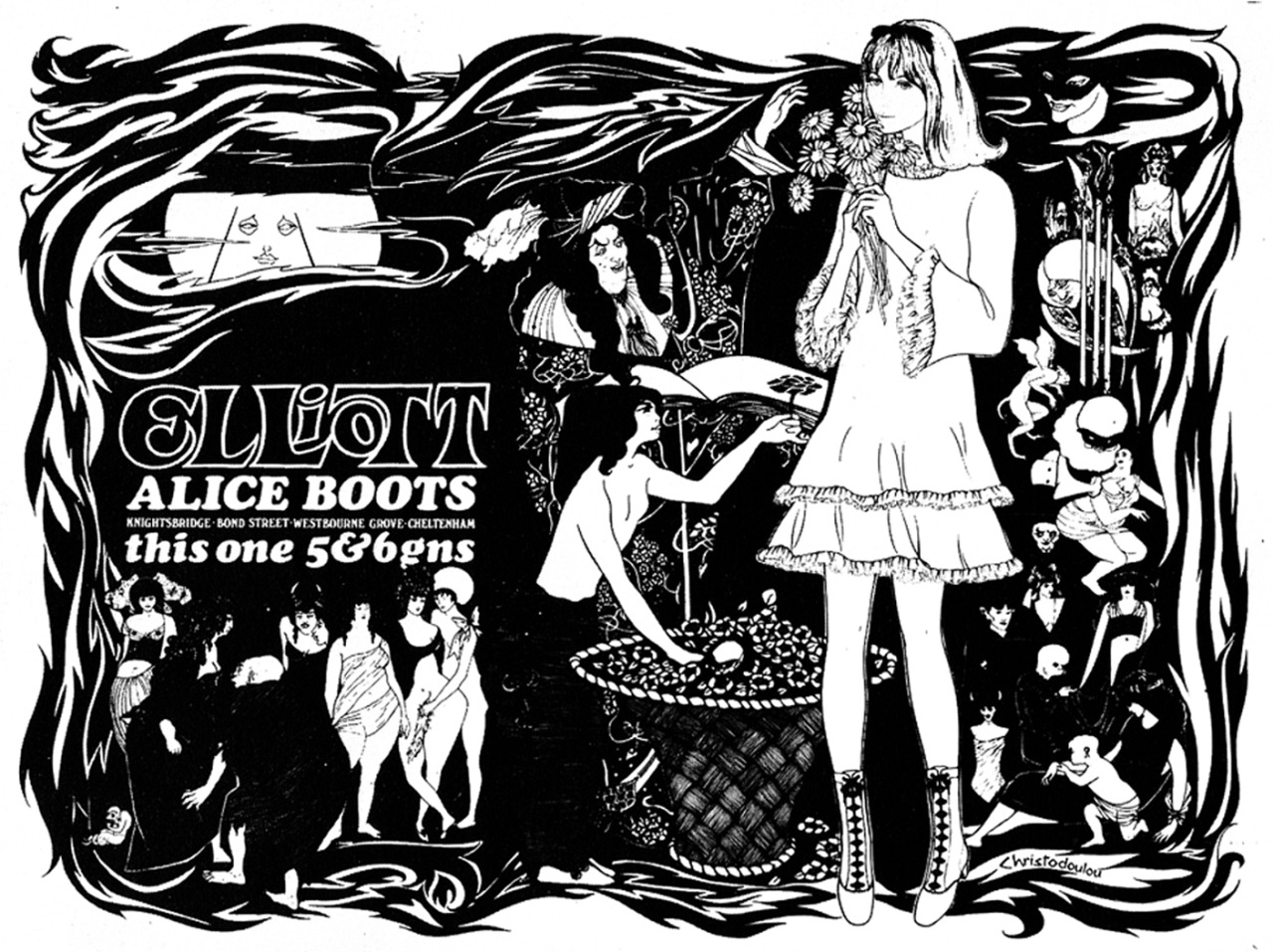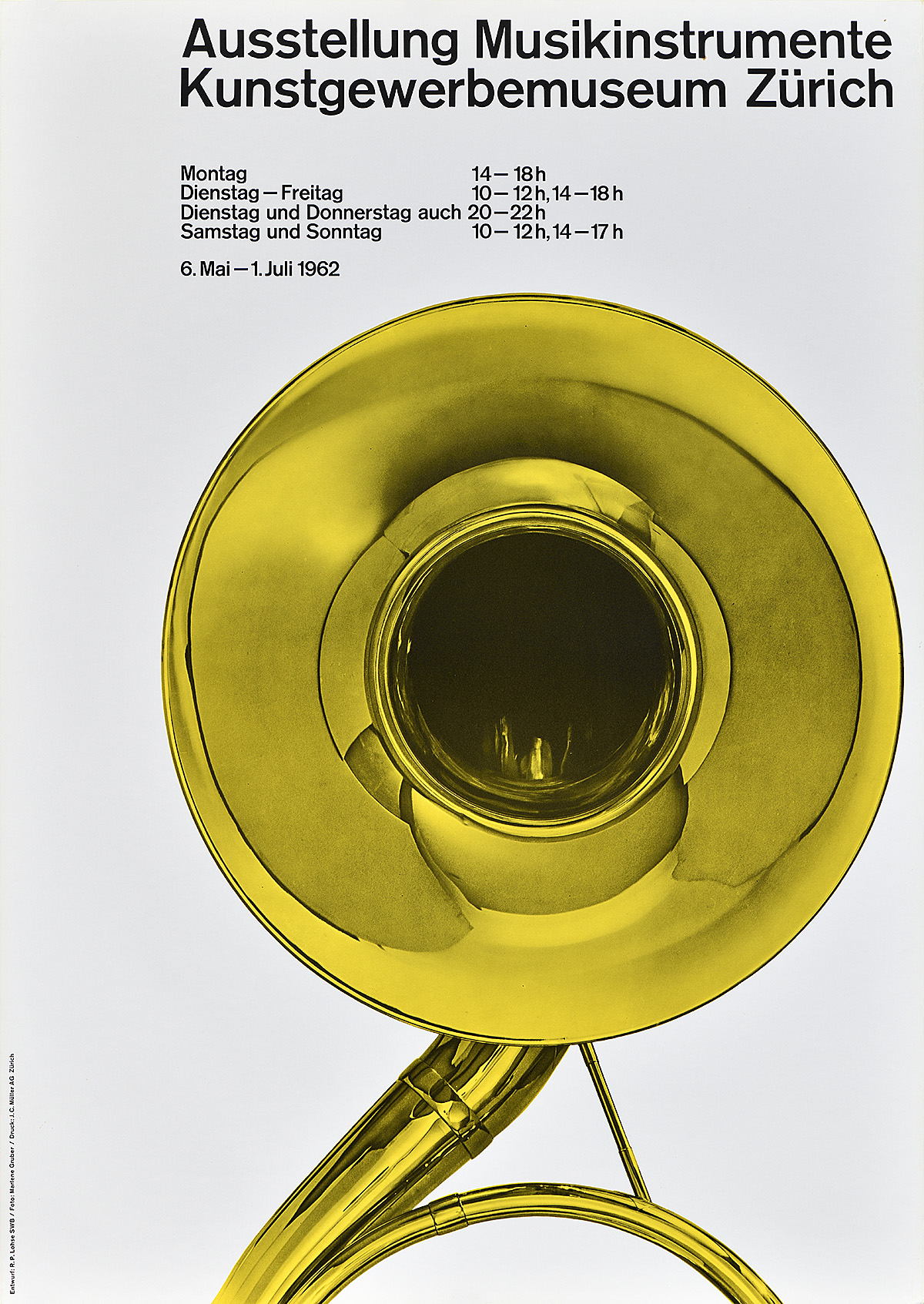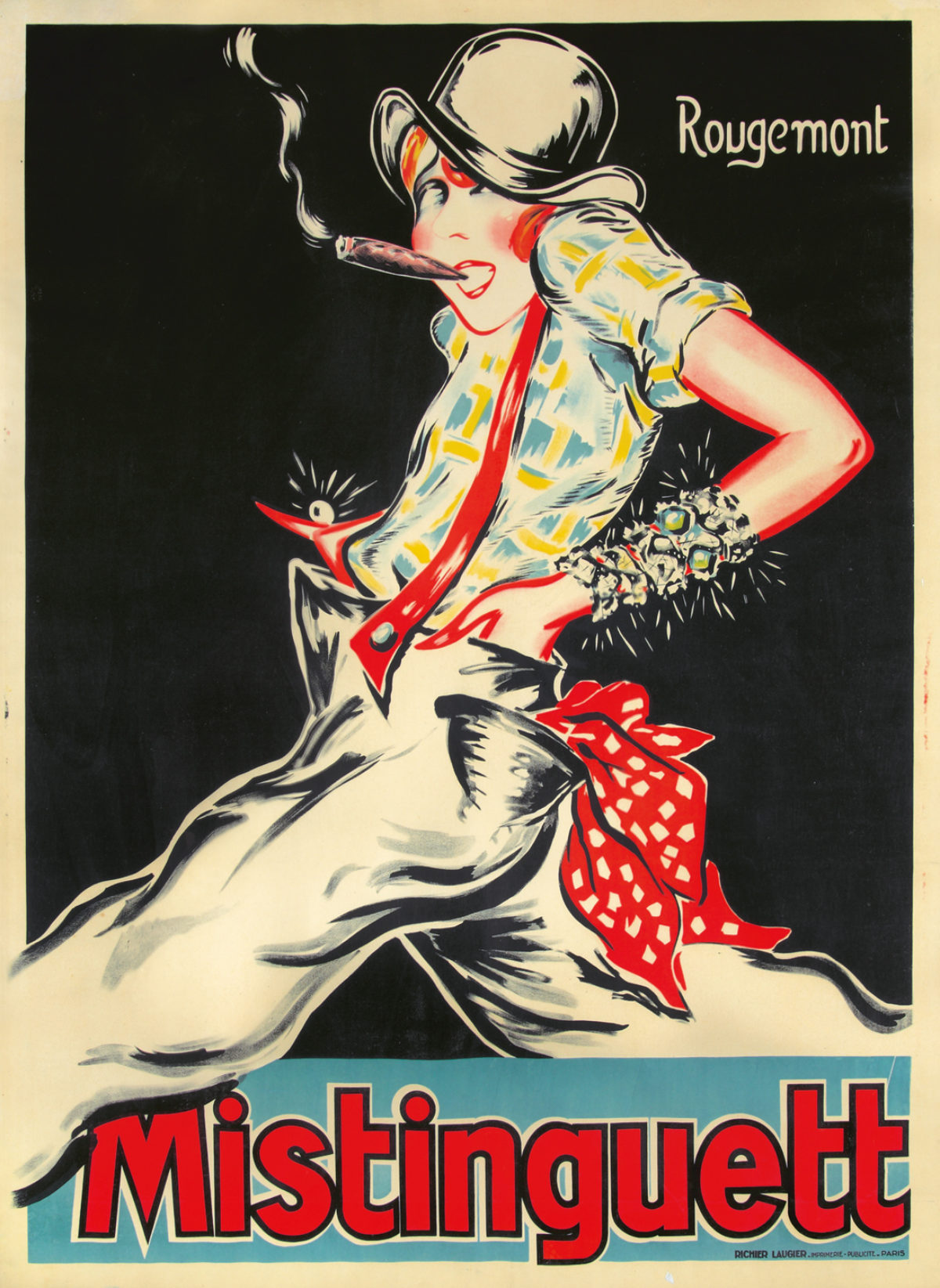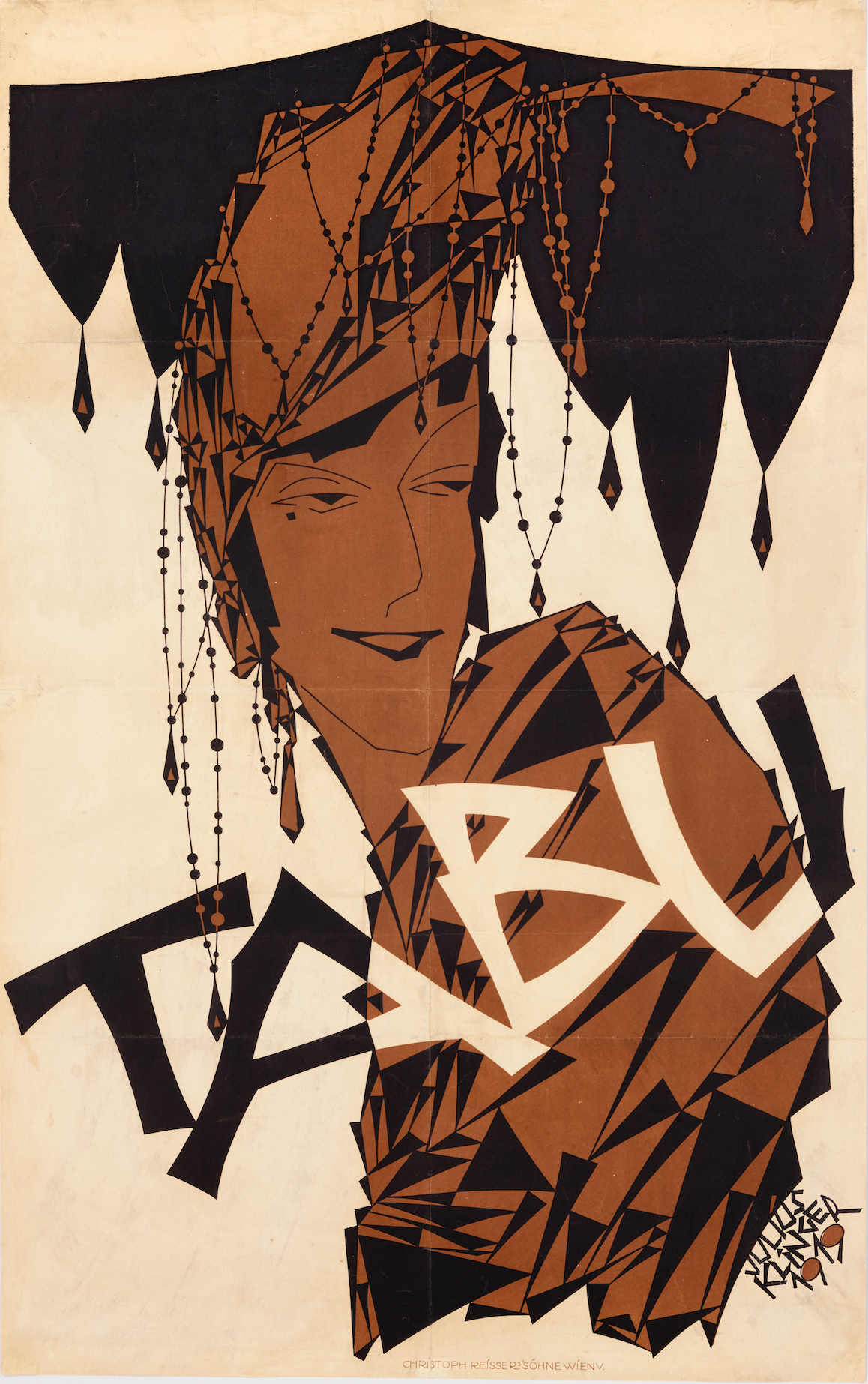
Julius Klinger: A Little Blog of Terms
.As a companion to the exhibition Julius Klinger: Posters for a Modern Age, we created a free booklet featuring art-historical terms and movements related to his career. While these explanations are brief, we hope they provide more context for the many layers present in the show and encourage visitors to dig deeper into poster history of the 1890s through 1940s.
Pick up your free copy of this booklet at Poster House or, if you can’t visit us before August 15, continue reading for an online version of the information.
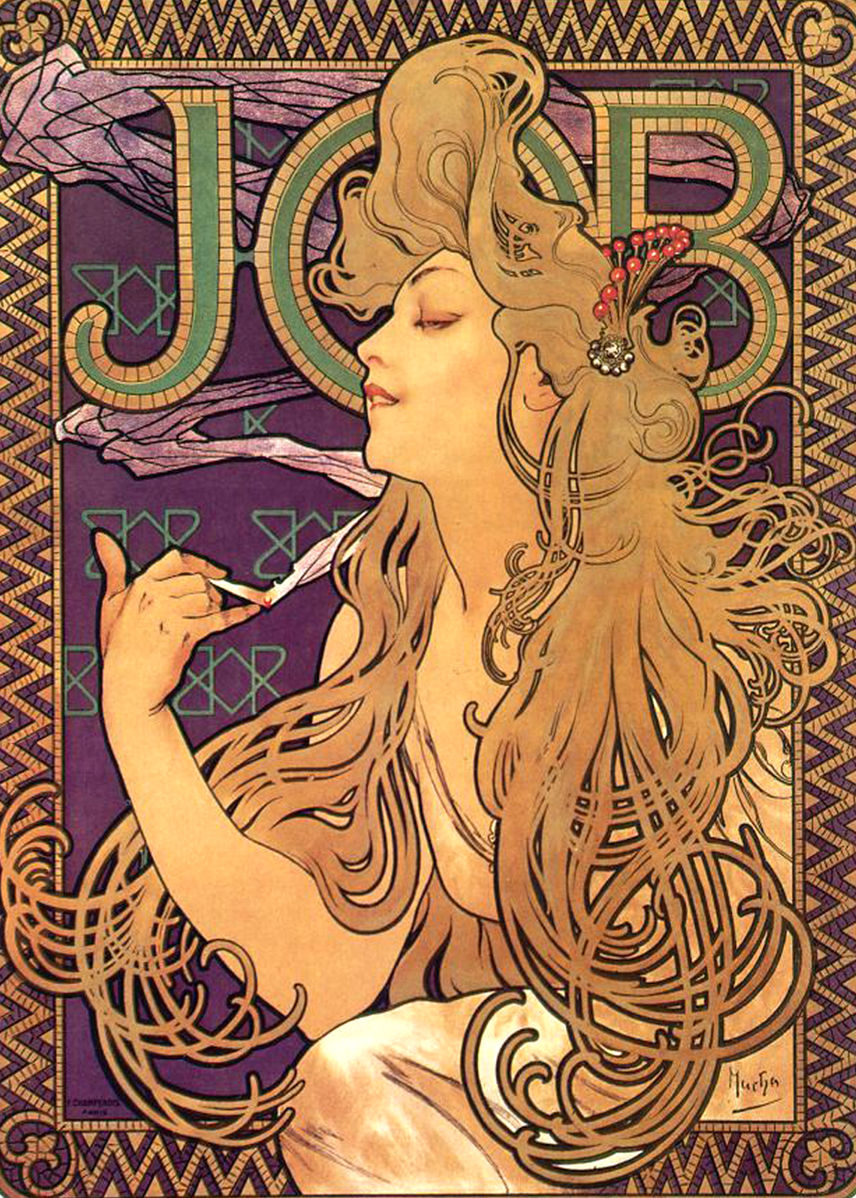
Job, Alphonse Mucha, 1898
Image: Wikimedia
What is Art Nouveau?
Primarily developed in France, Art Nouveau was a reaction to the mechanization of the Industrial Revolution. It embraced imagery that referenced nature and other organic forms, often translating them into modern materials like iron and ceramic. It also blurred the lines between the fine and decorative arts by shaping entire environments, from furnishings to paintings and architecture. Art Nouveau spread quickly across Europe, with many countries creating their own movements inspired by the style.
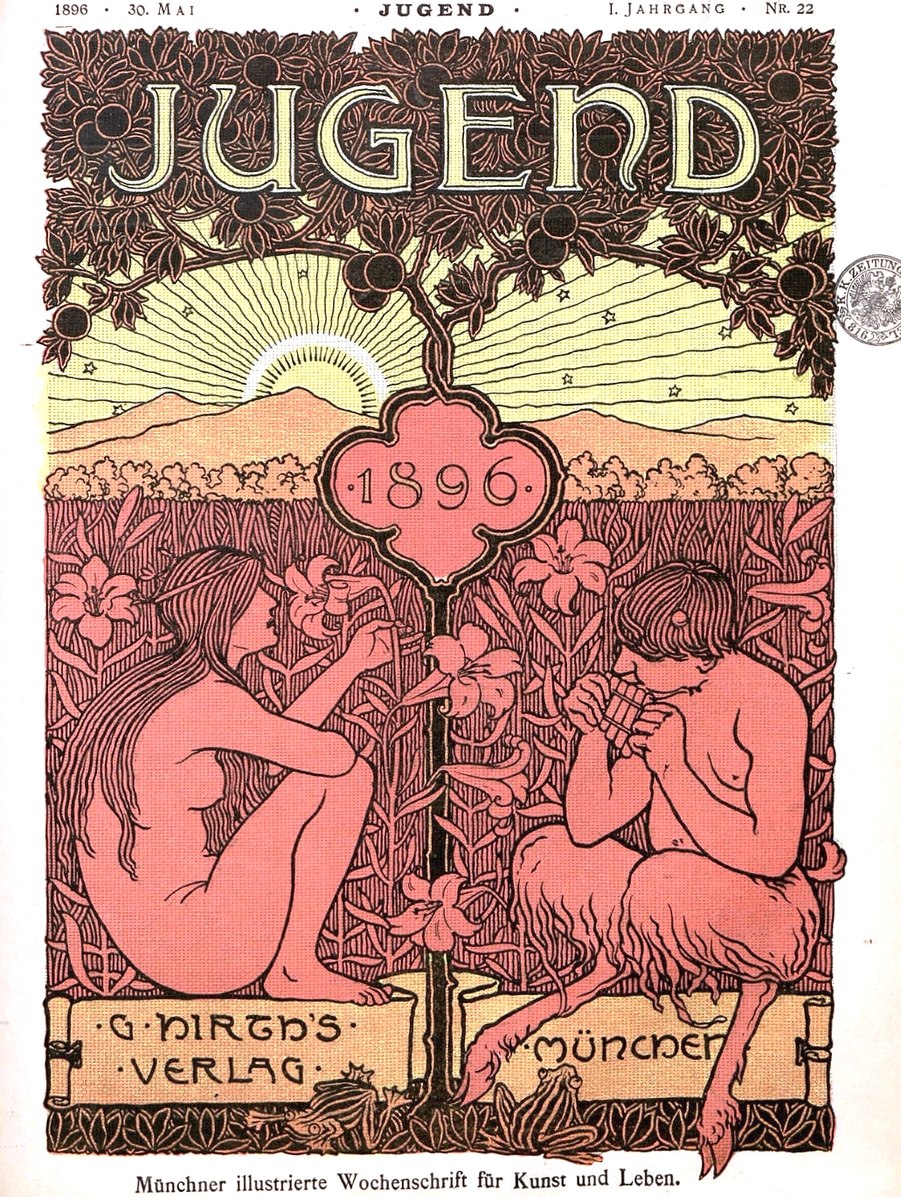
Jugend, Hans Pfaff, 1896
Image: Wikimedia
What is Jugendstil?
A word that literally translates as “Youth Style,” Jugendstil took its name from Jugend, a Munich-based magazine founded in 1896 that featured avant-garde designers and illustrators. While Jugendstil is often understood simply as the German version of Art Nouveau, there are subtle but important differences between the two movements. Although both represented a response to industrialization, and both embraced the fine and applied arts, Jugendstil’s ornament is typically more geometric, often incorporating mythological and religious symbolism absent in French Art Nouveau.
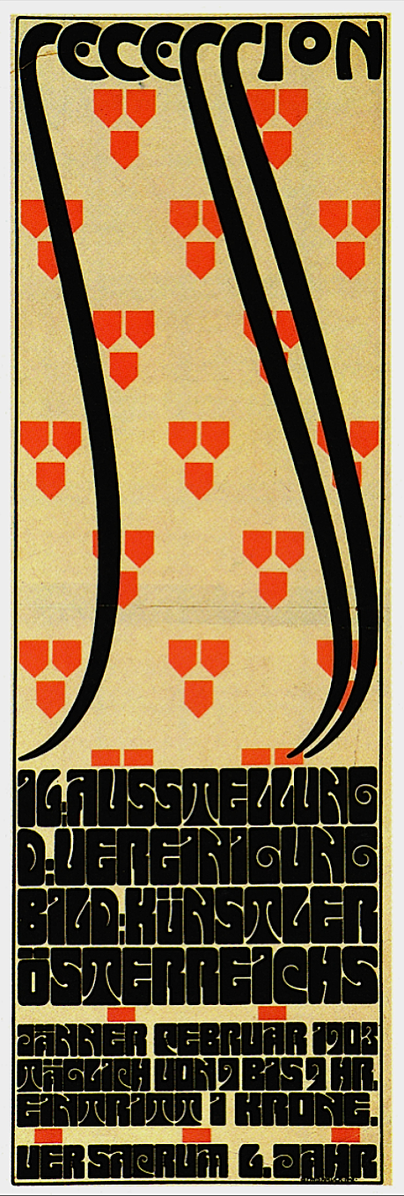
Secession, Alfred Röller, 1903
Image: Wikimedia
What is the Vienna Secession?
Rejecting the strict historicism and nationalism upheld in Austrian art schools and salons, Gustav Klimt, Koloman Moser, Josef Hoffmann, and others broke from such institutions and formed their own artistic circle in April 1897. They believed in the idea of a total work of art, giving equal importance to the fine and decorative arts. They also encouraged the free exchange of ideas among artists from different countries and backgrounds, and rejected the romanticized ideals of the past that dominated traditional artistic training.
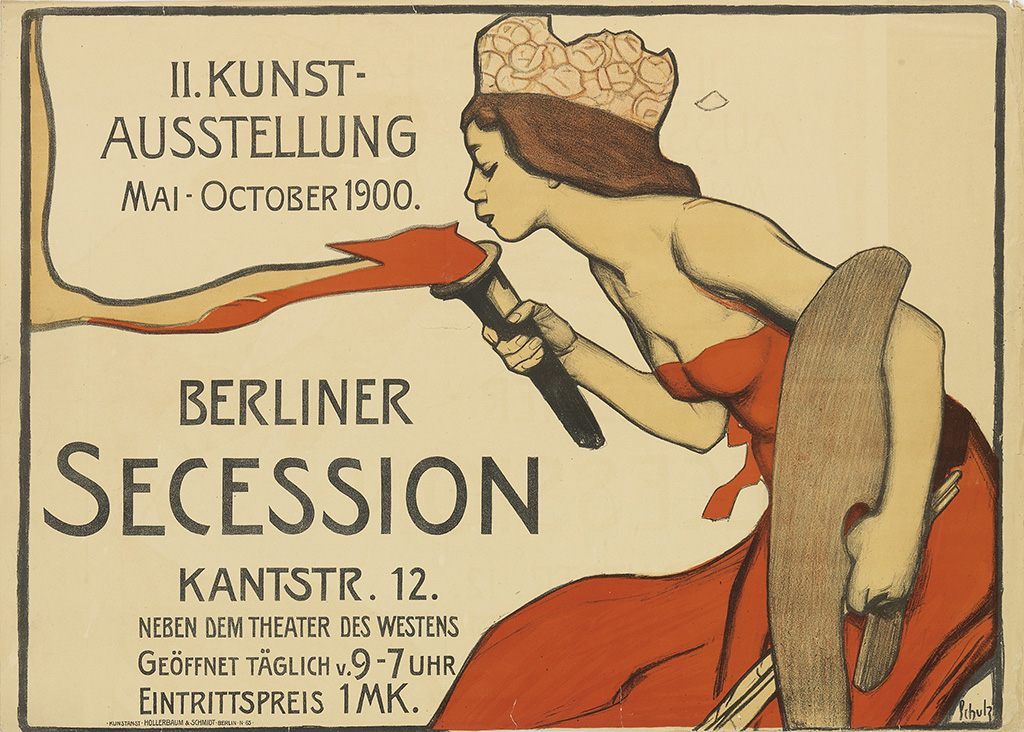
Berliner Secession, Wilhelm Schulz, 1900
Image: Swann Auction Galleries
What is the Berlin Secession?
Founded about a year after the Vienna Secession, the Berlin Secession was a proponent of German modernism, demanding the same space and representation given to the more formal Academy. Traditionalists saw the work produced by this group, which included Edvard Munch and Max Liebermann, as vulgar. While similar to the Vienna Secession in its refusal of conventional notions of artistic quality, the Berlin Secession also actively fought to have society validate these new art forms.
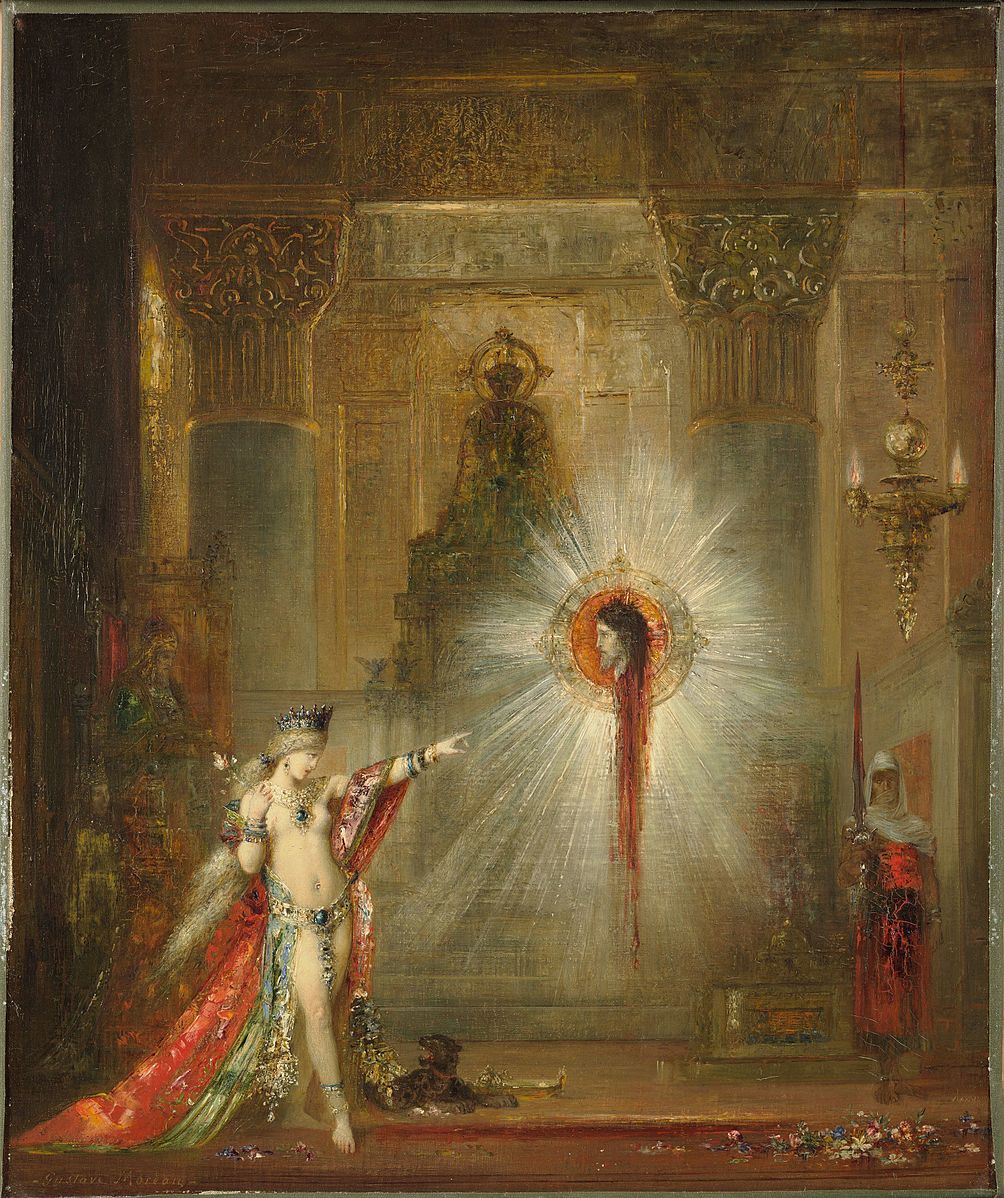
The Apparition, Gustave Moreau, 1876
Image: Wikimedia
What is Symbolism?
In 1886, the Symbolist Manifesto was published in France, demanding that artists represent the feeling of an idea rather than its realities. Its proponents were against naturalism and often incorporated mythological and fantastical elements into their work. Much Jugendstil ornament was influenced by this movement.
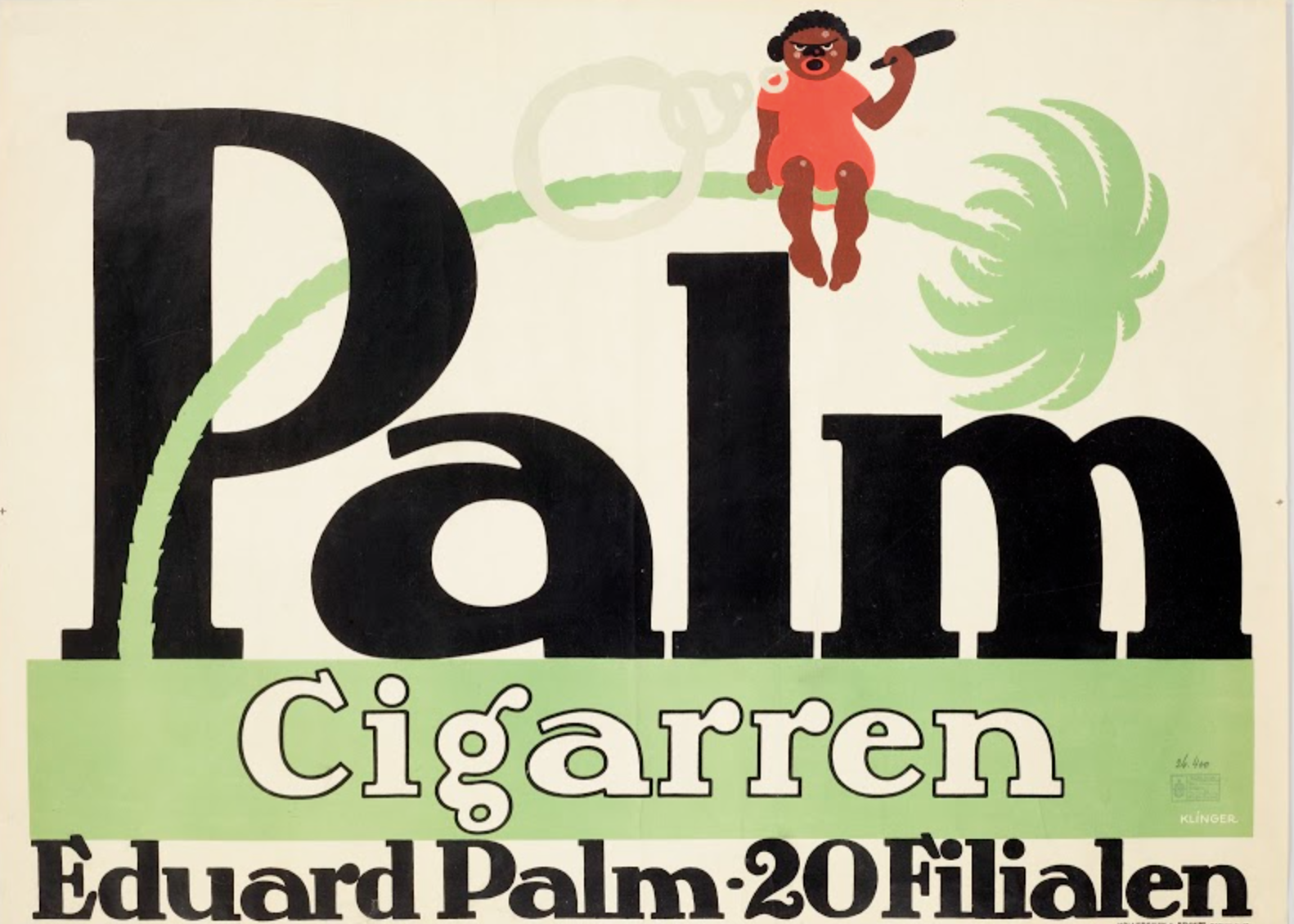
Palm Cigarren, c. 1906, Julius Klinger
Image: The Wolfsonian–FIU, Miami Beach, FL, The Mitchell Wolfson, Jr. Collection
What is Commodity Racism?
Around the turn of the century, “commodity racism” was a common trope in European advertising, particularly in Germany. Certain brands attempted to “exoticize” such products as tobacco, coffee, and tea by connecting them to a visual motif that reinforced their coming from one of the colonial territories. It was generally perceived that goods were by default “better” if they were imported from a foreign land. To this end, companies often embellished or completely falsified the origins of their ingredients while exploiting images of colonized populations.

Tabu, 1919, Julius Klinger
Image: The Wolfsonian–FIU, Miami Beach, FL, The Mitchell Wolfson, Jr. Collection
What is the New Woman?
First appearing in the late 19th century, the New Woman was a feminist ideal of modern womanhood that implicitly rejected traditional gender roles and expectations. Mostly embodied by educated, middle-to-upper-class White women, the New Woman cut her hair short, smoked, engaged in premarital sexual behavior, openly associated with men, and participated in intellectual discussions. She is often depicted as androgynous or hard-looking in the art of the period.
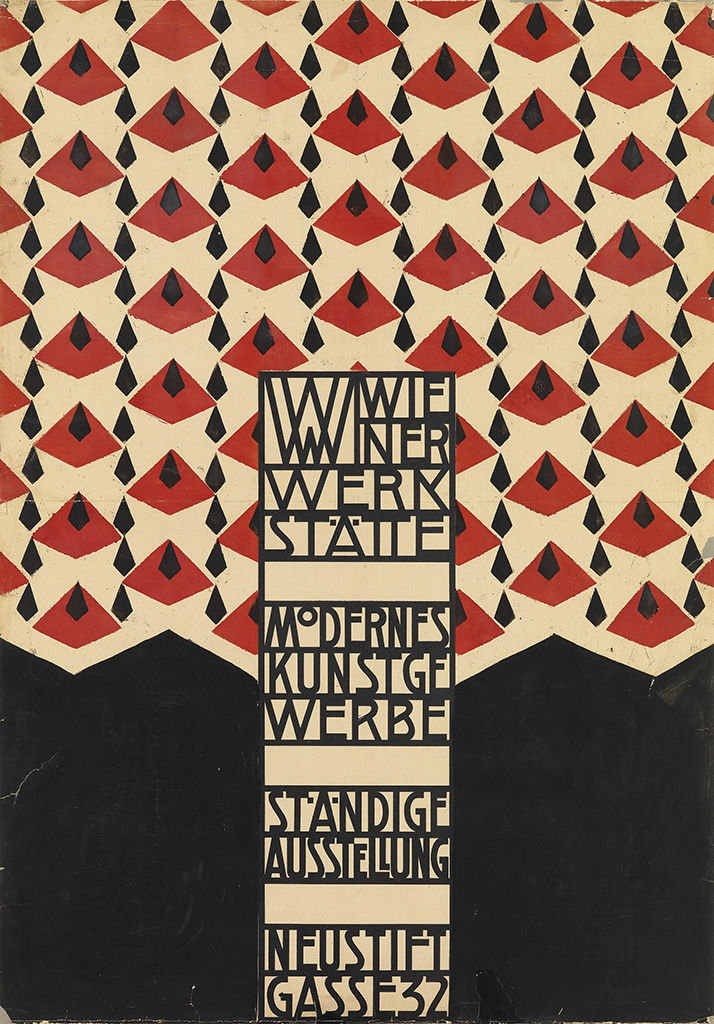
Wiener Werkstätte, Josef Hoffmann, 1905
Image: Swann Auction Galleries
What is the Wiener Werkstätte?
Established in 1903 by Josef Hoffmann, Koloman Moser, and Fritz Waerndorfer, the Wiener Werkstätte was an artists’ cooperative that grew out of the Vienna Secession. It was dedicated to the design and production of the decorative arts by artisans, from ceramics to furniture to fashion, and would go on to be a major influence in the formation of the Bauhaus School.
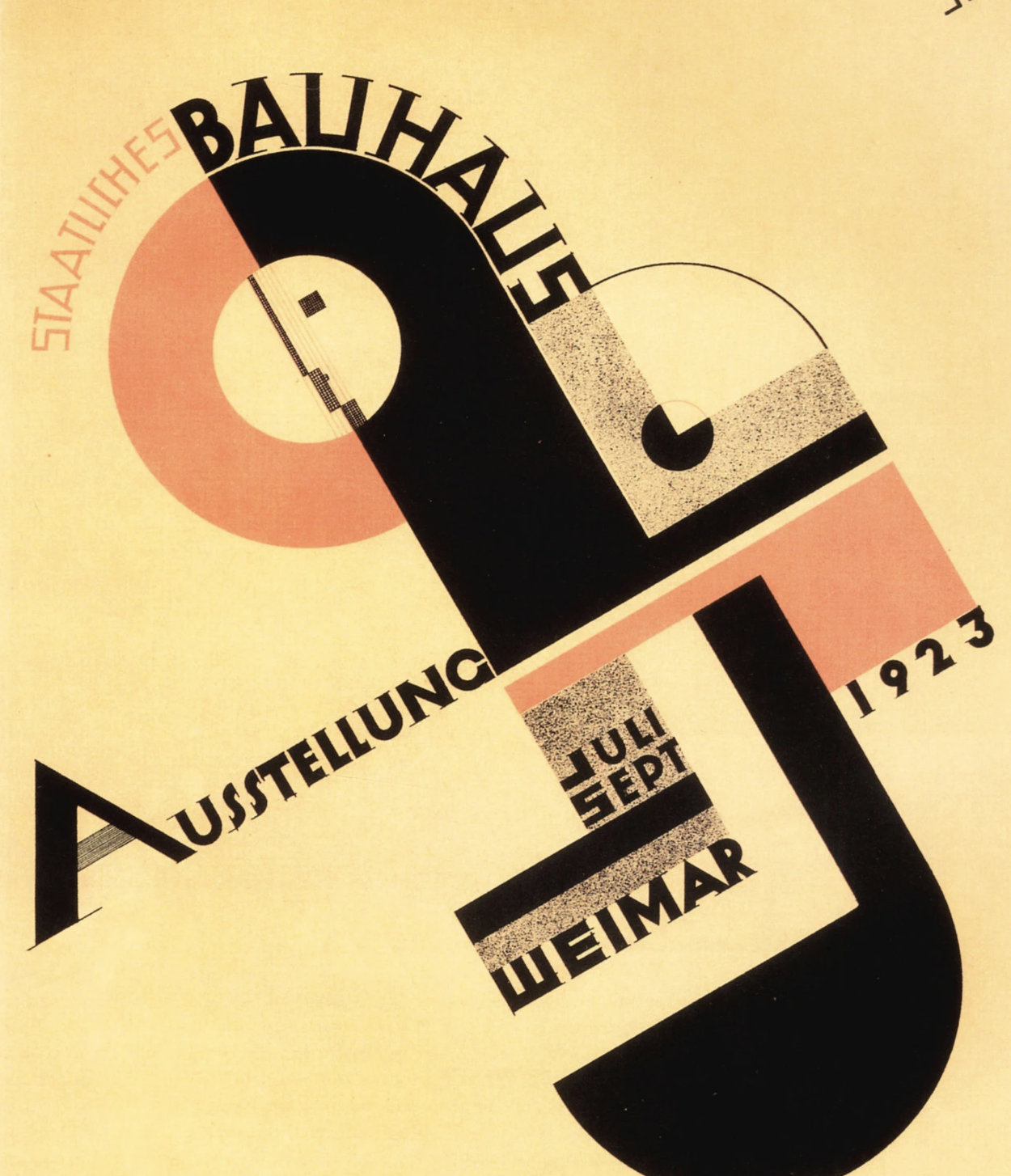
Bauhaus Ausstellung, Joost Schmidt, 1923
Image: The New York Times
What is the Bauhaus?
In operation in a variety of forms from 1919 to 1933, the Bauhaus was a German art school that merged the fine and applied arts. It strove to combine the modern processes of mass-production with traditional craftsmanship, resulting in objects that were both beautiful and functional. The school was eventually shut down by the Nazis in 1933.
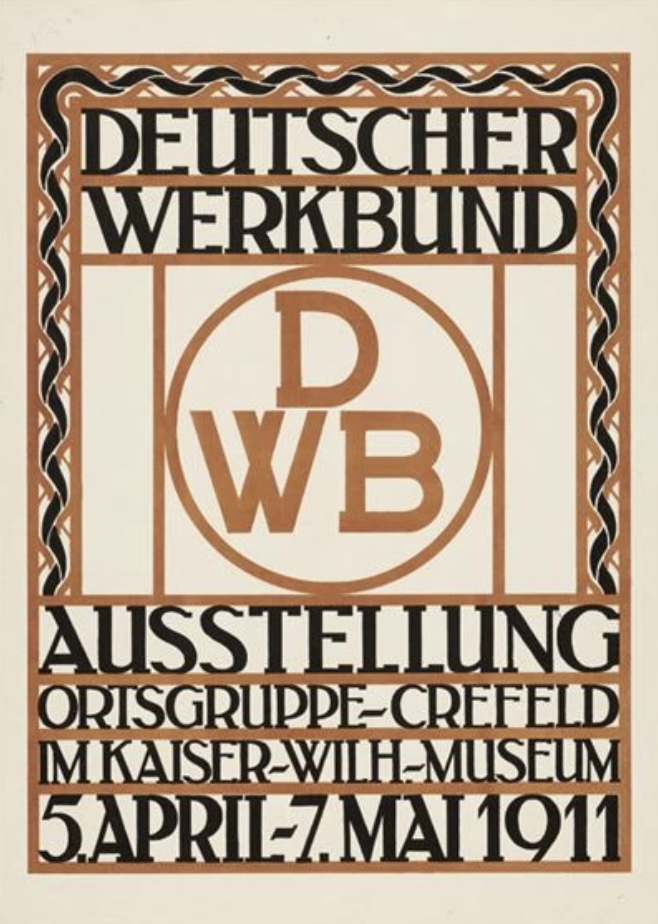
Deutscher Werkbund, Fritz Helmuth Ehmcke, 1911
Image: Mutual Art
What is the Deutscher Werkbund?
Established in 1907 by Joseph Maria Olbrich, Bruno Paul, Peter Behrens, and others, the Deutscher Werkbund still exists today as an association for designers, artists, and architects. The state-sponsored Werkbund formed relationships with German manufacturers in order to bring quality design into the world of mass-production, thereby making German goods more competitive on the international market.

Manoli, Hans Rudi Erdt, 1911
Image: Wikimedia
What is Plakatstil?
Translating literally as “poster style,” Plakatstil is best-known through the work of Lucian Bernhard. He reduced poster design to simplified figures made up of flat planes of color accompanied by bold hand-lettering.
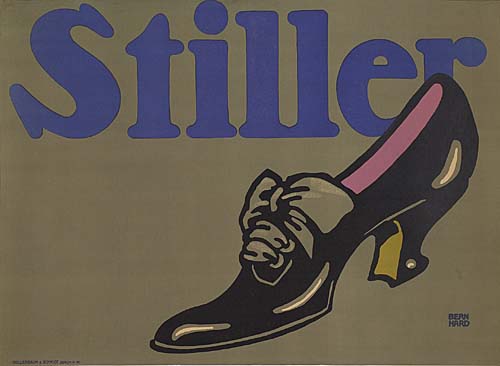
Stiller, Lucian Bernhard, 1908
Image: Swann Auction Galleries
What is Sachplakat?
Very similar to Plakatstil, Sachplakat refers specifically to an Object Poster. While incorporating the stylistic elements of Plakatstil, Sachplakat focuses only on a central motif accompanied by simple text (usually just the brand’s name).
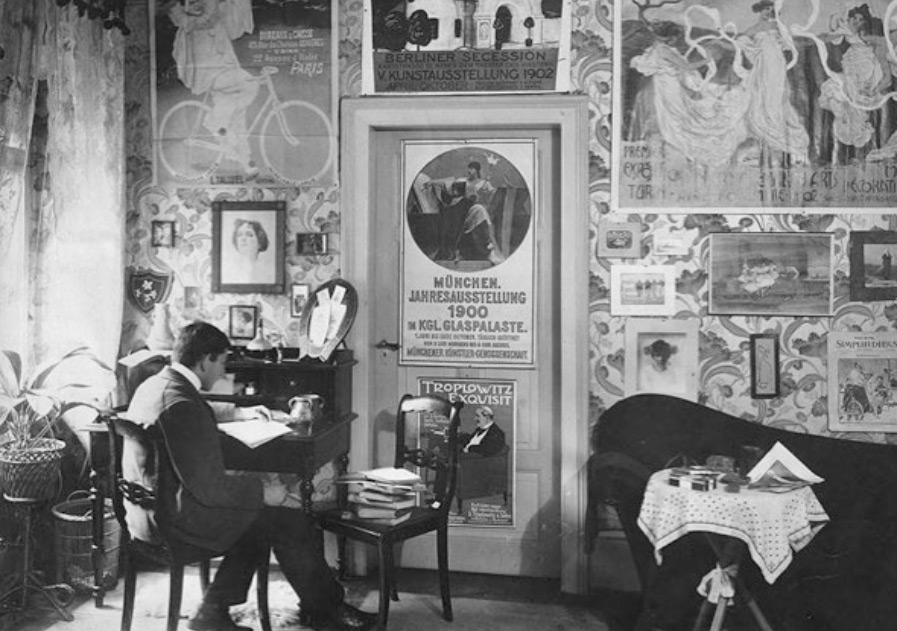
Hans Sachs in his Home
Image: Rennert’s Gallery
Who was Hans Sachs?
Dr. Hans Sachs is considered the most important poster connoisseur in history, amassing a collection of approximately 12,500 posters in Berlin. Forming deep connections with designers and printing firms, he was one of the founders of the Society of Poster Friends in 1905, and went on to edit and publish Das Plakat, a landmark publication in poster history. His collection was seized by the Nazis in 1938. A portion of it was restituted to his son in 2013.
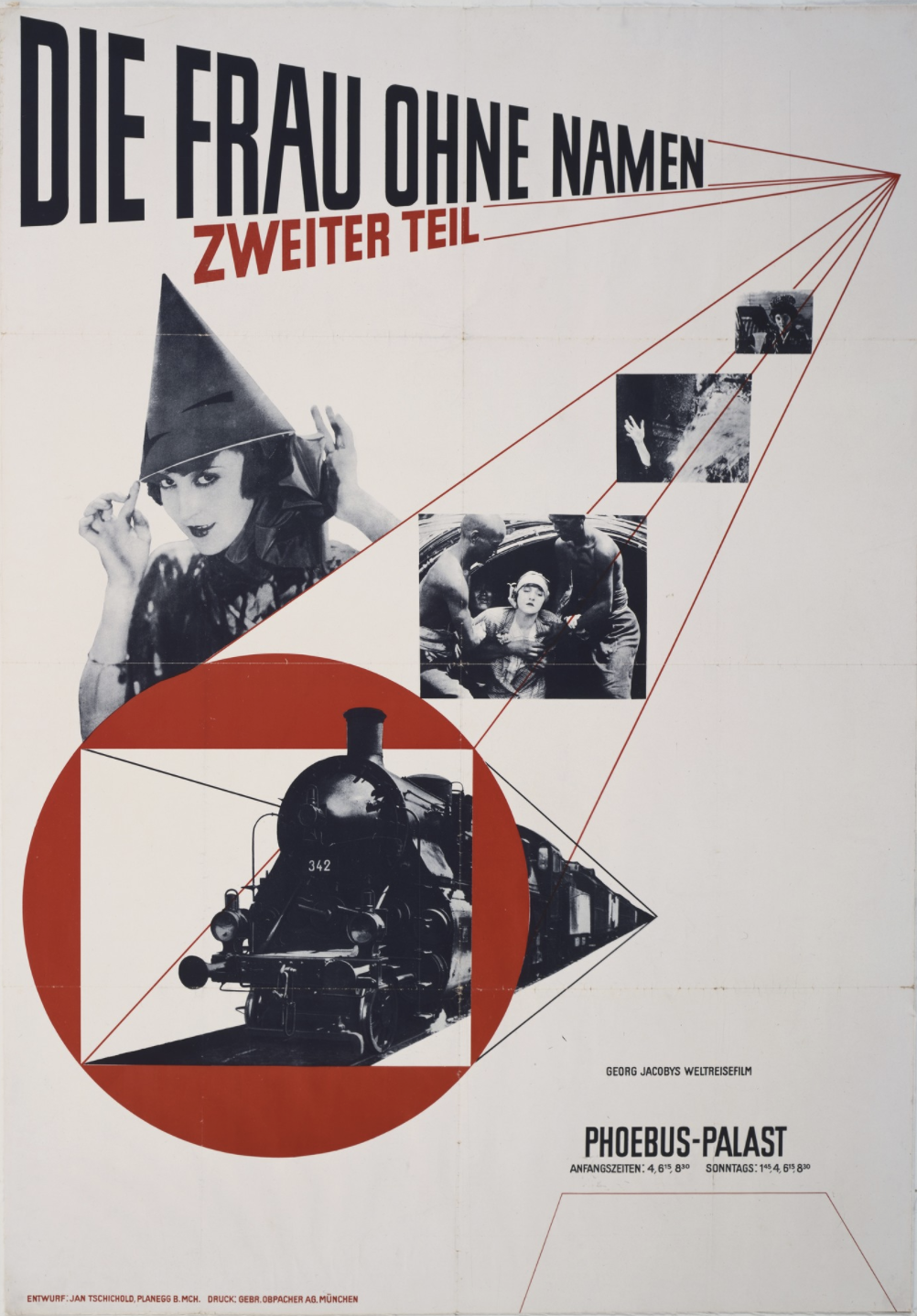
Die Frau ohne Namen, 1927, Jan Tschichold
Image: MoMA
What is the New Typography?
Best known through Jan Tschichold’s book of the same name, the New Typography rejected traditional layout design, emphasizing the need to create striking, harmonious compositions through the use of asymmetry and photomontage.
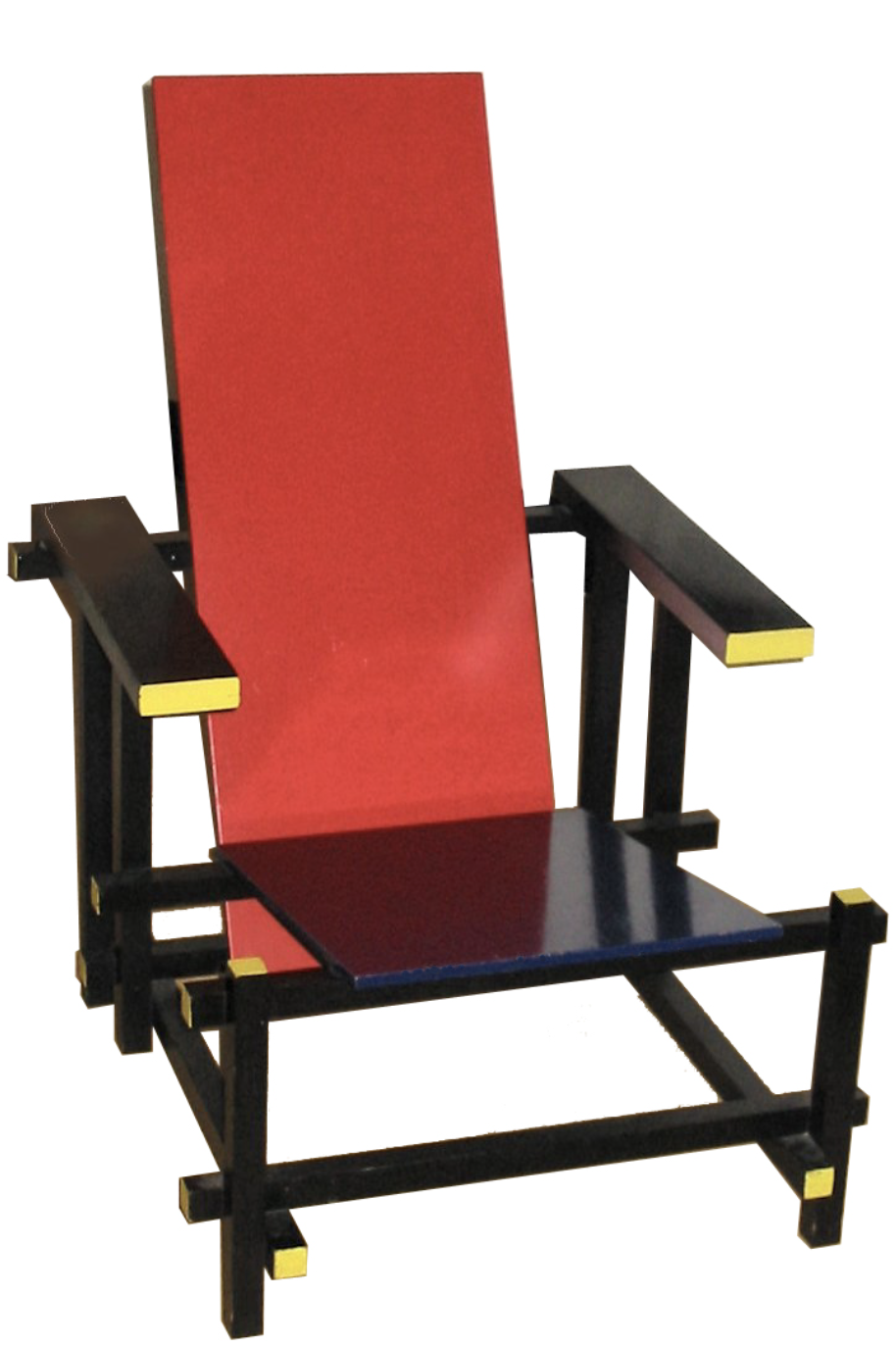
Red blue chair, c 1923, G. Rietveld
Image: Wikimedia
What is De Stijl?
Founded in 1917, De Stijl (The Style) was a Dutch art movement that encouraged the reduction of forms into purely abstract, universal structures. Proponents of the movement typically only used primary colors and black and white in their work.
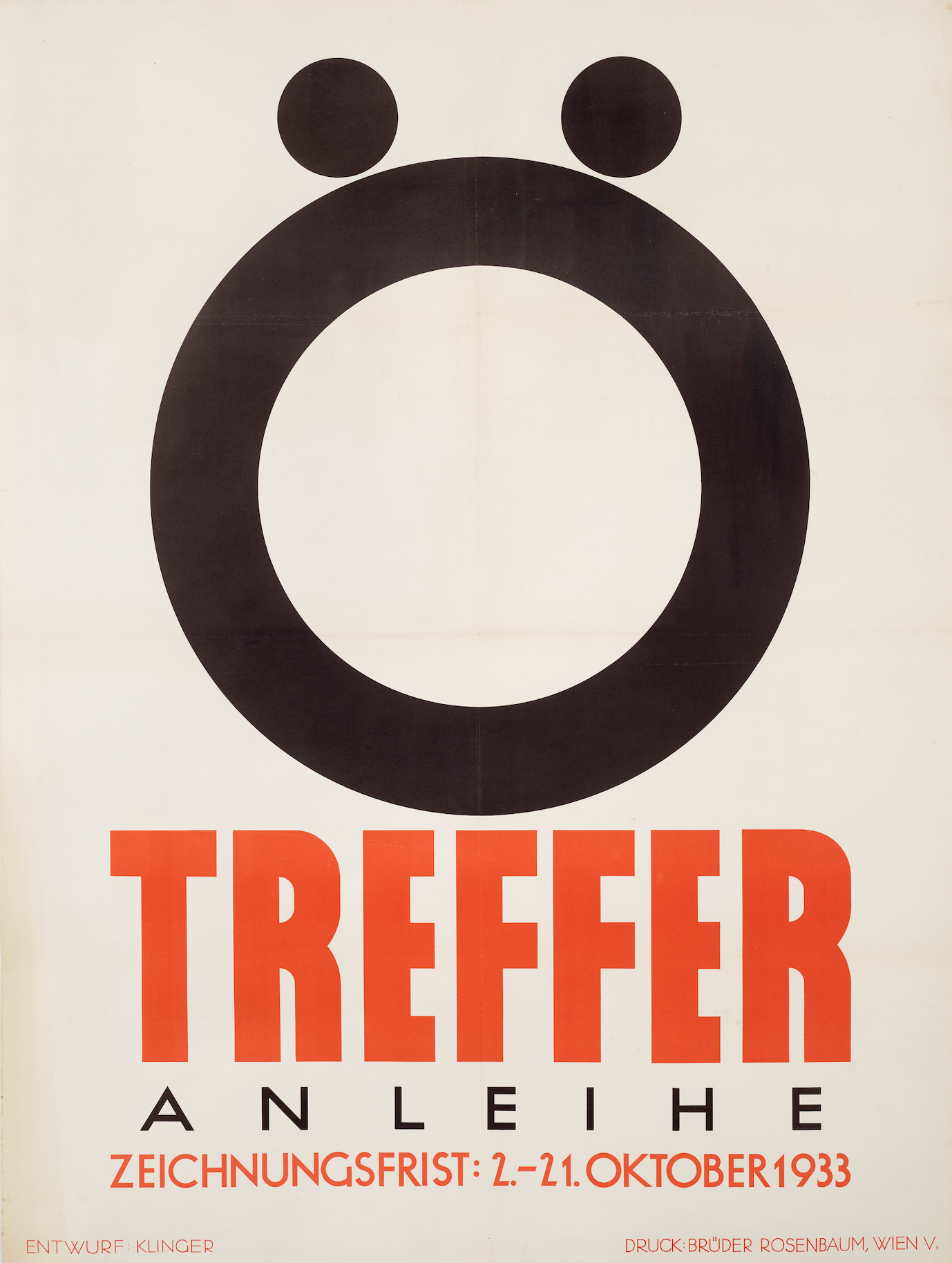
Ö Treffer Anleihe, 1933, Julius Klinger
Image: The Wolfsonian–FIU, Miami Beach, FL, Purchase
What is the International Graphic Code?
While he never fully defined it, Klinger’s International Graphic Code was an attempt to reduce language to a series of pictograms that could be universally understood. His efforts to establish this code can be seen in his later work, especially that for Tabu.

